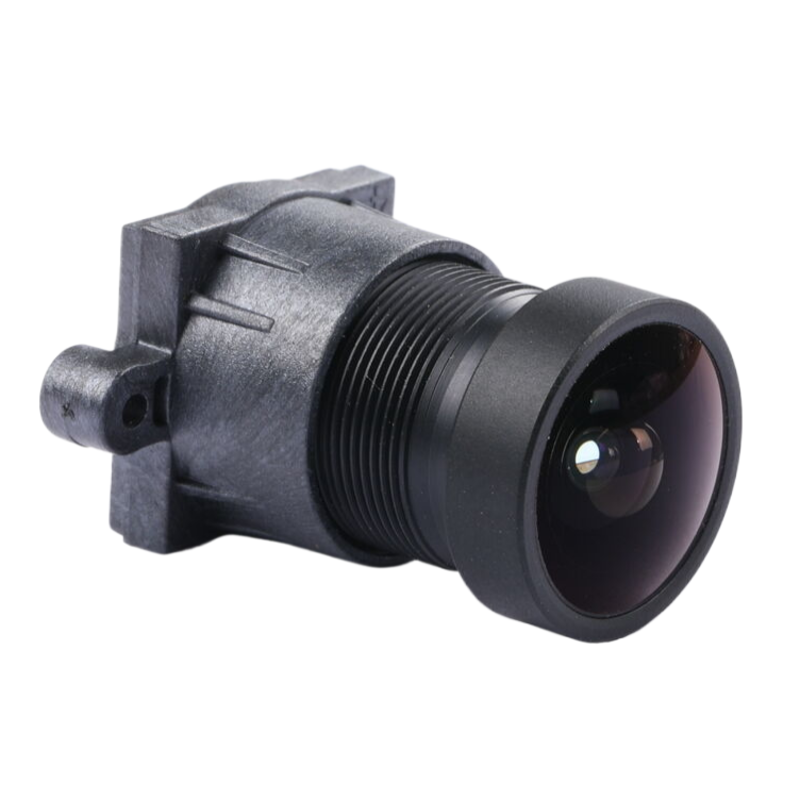Company News
High-quality video conferencing lenses are essential for clear and professional communication in today’s virtual meetings. However, even the best equipment can encounter performance issues that affect video clarity and overall user experience. In this comprehensive troubleshooting guide, we’ll explore common performance issues with high-quality video conferencing lenses and provide practical solutions to ensure your video conferences run smoothly.
Key Performance Issues and Solutions
1. Blurry or Out-of-Focus Video
Problem: The video appears blurry or out of focus, making it difficult to see details or read text.
Solution:
- Adjust Focus: Check if the lens has a manual focus ring or an autofocus feature. Adjust the focus manually or use the autofocus settings to correct the issue.
- Clean the Lens: Dust, smudges, or fingerprints on the lens can cause blurriness. Use a soft, lint-free cloth and lens cleaning solution to gently clean the lens. Avoid using paper towels or abrasive materials that can scratch the lens.
- Check Camera Positioning: Ensure that the camera is properly positioned and aligned. The lens should be aimed directly at the subject to capture clear, sharp images.
2. Poor Low-Light Performance
Problem: The video quality deteriorates in low-light conditions, resulting in grainy or dark images.
Solution:
- Improve Lighting: Ensure that the room is well-lit. Use additional lighting sources, such as desk lamps or ring lights, to enhance illumination. Position lights in front of you, not behind, to reduce shadows and improve visibility.
- Adjust Camera Settings: If your video conferencing software or camera allows, adjust the brightness and contrast settings to improve low-light performance.
- Upgrade Equipment: Consider investing in a lens with better low-light sensitivity or a camera with advanced low-light capabilities for improved performance in dimly lit environments.
3. Color Distortion
Problem: The colors in the video appear unnatural or distorted, affecting the overall appearance.
Solution:
- Adjust White Balance: Most cameras and video conferencing software have white balance settings that can be adjusted to correct color distortion. Use these settings to match the lighting conditions and achieve accurate colors.
- Calibrate Your Monitor: Ensure that your monitor is properly calibrated for color accuracy. An uncalibrated monitor can affect how colors are displayed during video calls.
- Check Lens Filters: If you are using any lens filters, ensure they are clean and properly fitted. Filters can sometimes cause color distortion if they are dirty or not compatible with the lens.
4. Intermittent Video Dropouts
Problem: The video feed occasionally drops out or freezes, disrupting the conference.
Solution:
- Check Connection: Ensure that the camera is properly connected to your computer or conferencing system. Check all cables and connectors for secure connections.
- Update Drivers: Make sure that the camera drivers and firmware are up-to-date. Manufacturers often release updates that address performance issues and improve stability.
- Test Network Stability: Video dropouts can be caused by network issues. Test your internet connection to ensure it is stable and has sufficient bandwidth for video streaming.
5. Audio Sync Issues
Problem: The audio and video are out of sync, causing a delay between speech and lip movements.
Solution:
- Check Software Settings: Some video conferencing software allows you to adjust audio and video synchronization settings. Explore the software’s settings or preferences to correct sync issues.
- Update Software: Ensure that your video conferencing software and camera firmware are up-to-date. Software updates can fix bugs and improve performance.
- Restart Equipment: Restarting your computer and video conferencing equipment can sometimes resolve sync issues. This can help clear any temporary glitches affecting performance.

6. Overheating
Problem: The camera or lens overheats, causing performance issues or shutdowns.
Solution:
- Ensure Proper Ventilation: Position the camera in a well-ventilated area to allow for proper heat dissipation. Avoid placing the camera in direct sunlight or enclosed spaces that can trap heat.
- Clean Vents: If the camera has ventilation openings, ensure they are clean and free from dust or debris. Blocked vents can lead to overheating.
- Use Cooling Accessories: Consider using cooling pads or fans to help manage the temperature of your camera and lens.
7. Field of View Issues
Problem: The camera’s field of view is too narrow, causing important elements to be out of frame.
Solution:
- Adjust Camera Angle: Adjust the angle and position of the camera to capture a wider field of view. Ensure that the camera is placed at an appropriate height and angle for the best coverage.
- Upgrade Lens: If the camera’s lens has a fixed field of view, consider upgrading to a lens with a wider angle to capture more of the room or participants.
8. Software Incompatibility
Problem: The lens or camera does not work properly with certain video conferencing software.
Solution:
- Check Compatibility: Verify that the lens and camera are compatible with the video conferencing software you are using. Consult the software’s documentation or support resources for compatibility information.
- Use Recommended Software: Some cameras come with proprietary software that may offer better compatibility and performance. Use the recommended software or drivers provided by the manufacturer.
Conclusion
High-quality video conferencing lenses are vital for effective and professional virtual communication. By addressing common performance issues such as blurriness, poor low-light performance, color distortion, and audio sync problems, you can ensure a smooth and productive video conferencing experience. Regular maintenance, proper setup, and timely updates are key to maintaining optimal performance and reliability. For specific troubleshooting support or advanced issues, consult the lens and camera manufacturer’s resources or technical support. With the right care and attention, your video conferencing lens will continue to deliver high-quality performance and enhance your virtual meetings.
 English
English  German
German Japanese
Japanese Korean
Korean Vietnamese
Vietnamese French
French Spanish
Spanish भारत
भारत



